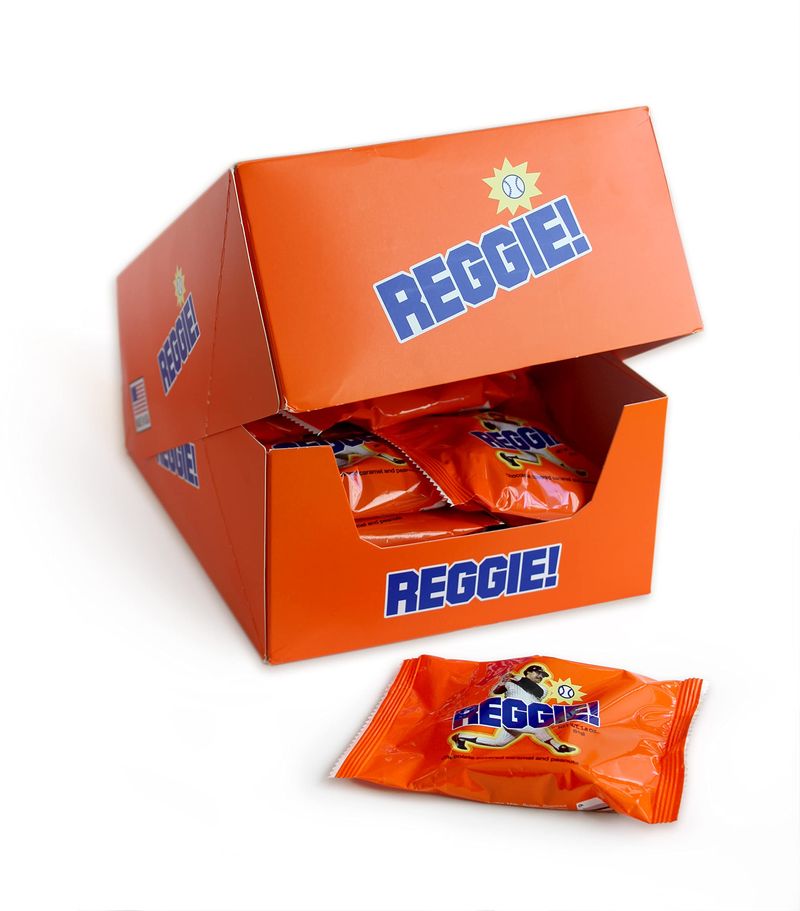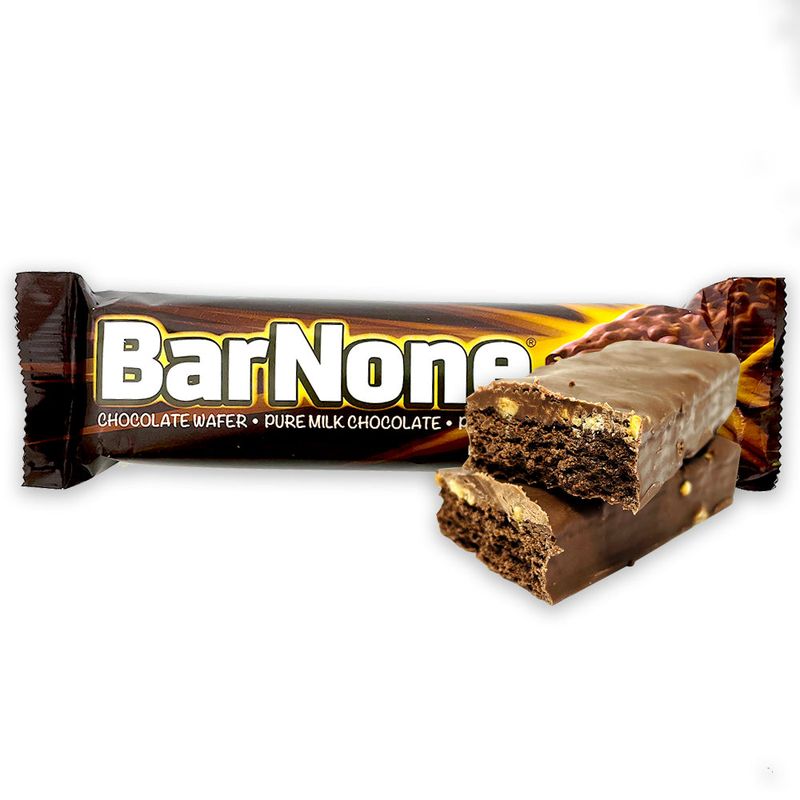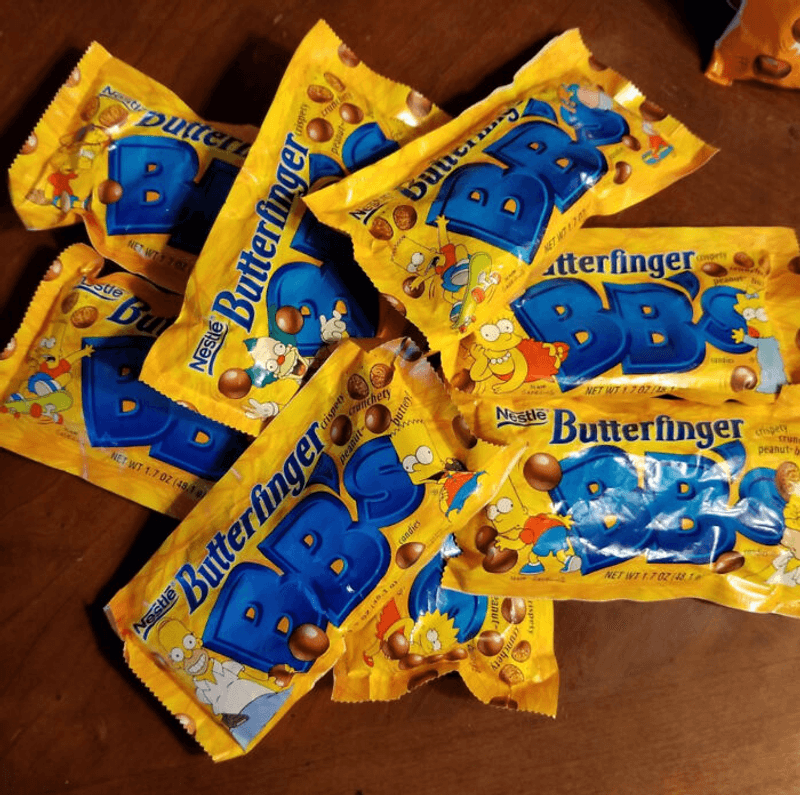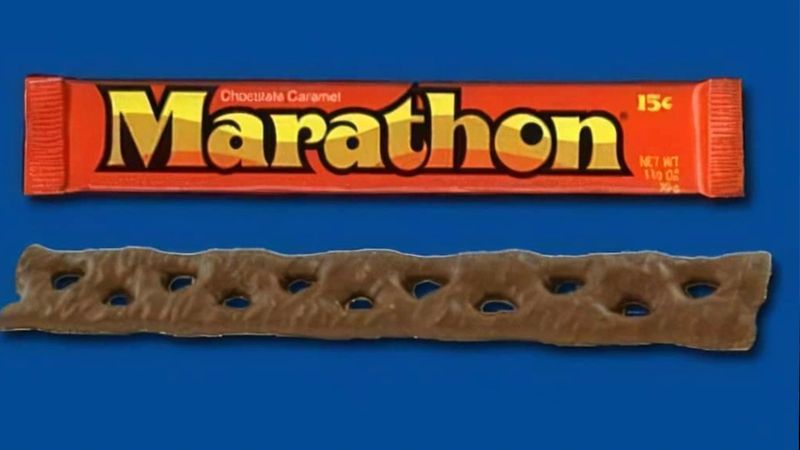They came. They conquered our sweet tooth. Then they vanished without a trace.
In the golden age of candy bars, the shelves were stacked with bold new treats—some backed by sports legends, others marketed with catchy slogans or unforgettable mascots. These weren’t your run-of-the-mill chocolate bars. They were pop culture phenomena, lunchbox legends, and corner store staples that defined entire childhoods. For a brief, delicious moment, these candy bars were everywhere. And then, suddenly… they weren’t.
What happened to the candy aisle icons we couldn’t get enough of? Why did some of the most popular, best-selling bars get pulled despite having devoted fan bases and millions in revenue? The truth is often stranger than fiction—from billion-dollar candy empires that didn’t like peanut butter, to rebrands that backfired catastrophically.
This list is a sugar-coated time capsule for anyone who still remembers the thrill of unwrapping a Reggie Bar or popping Butterfinger BB’s at the movies. It’s also a tribute to the candy bars that didn’t fade due to failure—but because of corporate shakeups, bizarre personal preferences, and shifts in marketing strategy that had nothing to do with flavor.
From gooey caramel ropes to crunchy peanut-buttery bites, these six discontinued treats once dominated candy counters across America. Some made comebacks in different forms, while others live on only in memory (and Reddit threads filled with nostalgic candy lovers begging for their return).
So buckle up, sweet tooths—because these are the six candy bars that hit it big, won our hearts, and then pulled a disappearing act no one saw coming.
And if you feel a craving coming on? You’re not alone.
1. Reggie Bar

Named after Yankees slugger Reggie Jackson, this circular chocolate disk packed with peanuts and caramel made its grand entrance in 1976. The candy’s launch coincided with Jackson’s phenomenal three-home-run performance in the 1977 World Series, cementing both the player and his namesake treat in American pop culture.
Standard Brands (later Nabisco) marketed it with the slogan “Reggie! Reggie! Reggie!” echoing fans’ chants at baseball games. Despite initial success, sales eventually struck out. By 1982, the Reggie Bar disappeared from shelves, though it briefly returned in 1993 as a nostalgic limited edition.
2. PB Max

A crunchy whole-grain cookie topped with creamy peanut butter and enrobed in milk chocolate—PB Max was a textural masterpiece that debuted in 1989. Mars Incorporated created a sensation with this square-shaped delight, earning $50 million in sales during its brief lifetime.
Oddly, its demise had nothing to do with poor performance. Company lore suggests that members of the Mars family simply disliked peanut butter personally, despite the bar’s commercial success. Discontinued in the mid-1990s, PB Max remains one of candy history’s greatest mysteries, with devoted fans still petitioning for its return decades later.
3. Bar None

Launched by Hershey in 1987, Bar None featured a unique architecture of chocolate wafers and crushed peanuts surrounded by chocolate cream, all enveloped in milk chocolate. Its original slogan boldly claimed: “The chocolate bar so good, no one can eat just one!”
Initially successful, the candy faced a dramatic reformulation in 1992 that split it into two wafer pieces and added caramel. Fans rejected the new version, leading to declining sales.
Hershey pulled Bar None from American shelves in 1997, though it continued selling in Mexico for years afterward. The original remains a symbol of ’80s candy innovation that couldn’t survive the competitive chocolate landscape.
4. Butterfinger BB’s

These poppable versions of the classic Butterfinger candy debuted in 1992, quickly becoming a movie theater and lunch box staple. The genius of Butterfinger BB’s lay in their perfect ratio of crunchy peanut butter center to chocolate coating, all in a convenient bite-sized ball.
Nestlé marketed them aggressively with Bart Simpson as their cartoon spokesperson, making them instantly recognizable to ’90s kids. Despite passionate fan devotion, they disappeared around 2006.
When Ferrero acquired the Butterfinger brand in 2018, hopeful fans petitioned for BB’s return. The company introduced Butterfinger Bites instead—similar but not identical to the beloved original spheres many still crave.
5. Marathon Bar

“Marathon lasts a good long time” wasn’t just a catchy slogan—this 8-inch braided caramel rope covered in milk chocolate truly delivered on its promise of extended enjoyment. Mars introduced this distinctive treat in 1973, packaging it in a red wrapper with a ruler on the back to prove its impressive length.
The Marathon stood out in both form and function during its decade-long run. Children of the ’70s remember the satisfaction of slowly unwrapping the spiral as they ate.
Despite loyal followers, Mars discontinued the candy in 1981. Its closest modern equivalent is the Cadbury Curly Wurly in the UK, which features a similar braided caramel design but lacks the Marathon’s iconic status in American candy history.
6. Summit Bar

Mars created the Summit Bar in 1986 as an upscale offering for adults with more refined palates. This sophisticated candy combined roasted peanuts, sweet wafer cookies, and rich chocolate—all crowned with a distinctive peak shape that matched its mountain-inspired name.
The Summit’s packaging featured an elegant gold wrapper with mountain imagery, positioning it as a premium alternative to standard candy bars. Television commercials portrayed it as the sophisticated choice for discerning chocolate lovers.
Despite its quality ingredients and clever marketing, the Summit Bar vanished by the early 1990s. Its short lifespan suggests it may have been ahead of its time, as premium chocolate options wouldn’t become mainstream until years later.
Leave a comment